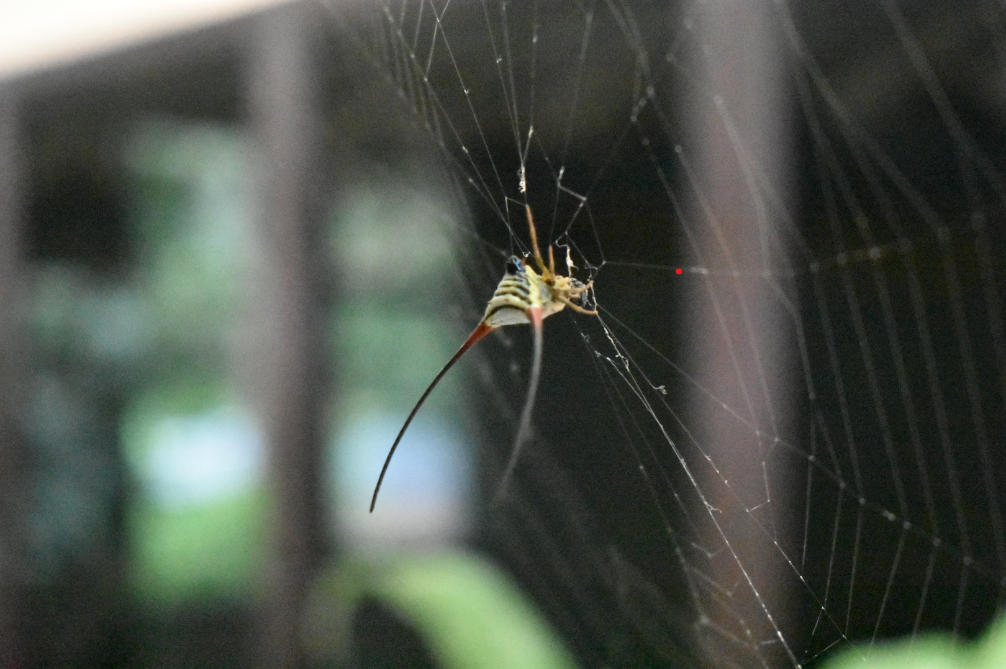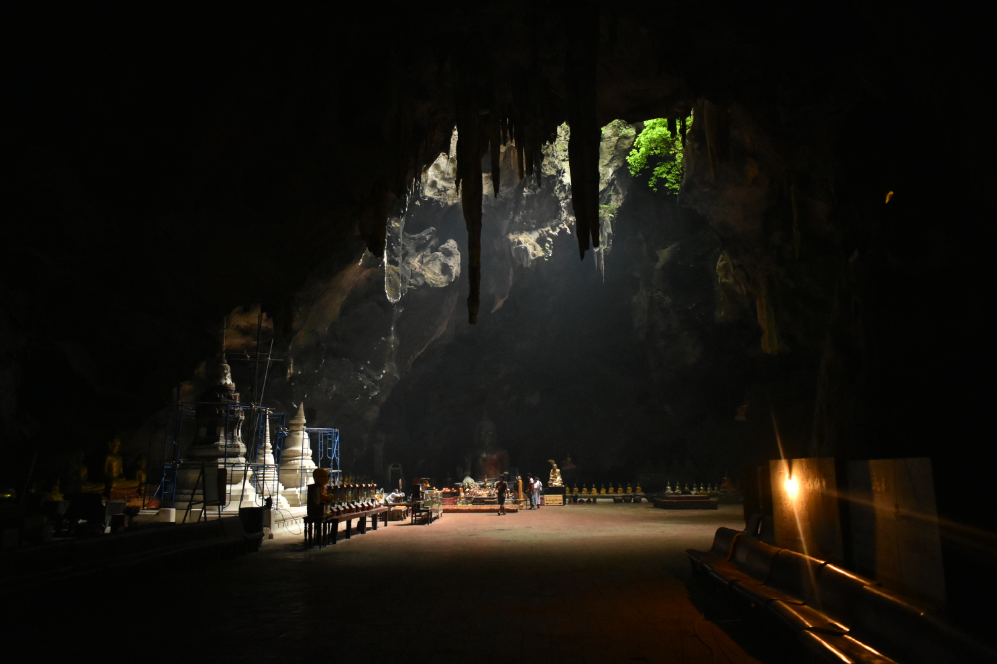SE Asia grand wildlife tour itinerary
Week one: Thailand
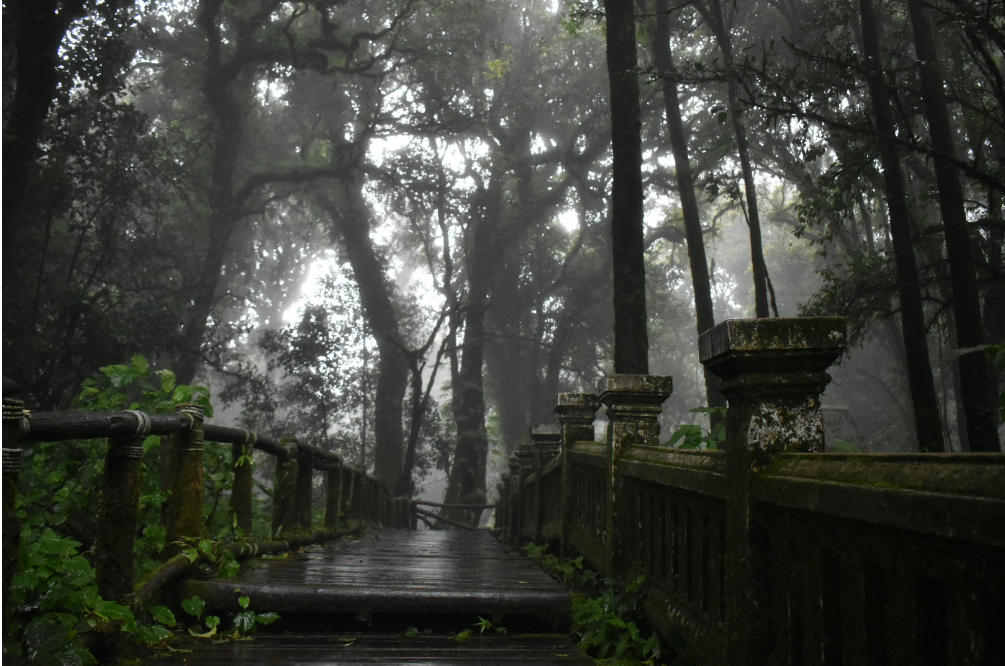
Starting out in Bangkok, take the train or bus to Pak Chong, the gateway to Khao Yai. The best way to do this park is to take a tour with one of the guesthouses on the park boundary. Most offer a half day tour to a stream and a bat cave, and then a full day one into the park involving a drive around, just looking for wildlife, and a trek through the jungle to see some waterfalls. Before you go on this one, ask to be dropped off and picked up at a campsite to not only get the experience of doing so but also to meet porcupines at night.
What will I see? In descending order of probability; bats, deer, pig-tailed macaques, monitor lizards, gibbons, hornbills, porcupines, snakes, elephants, crocodiles, wild dogs, bears and tigers (I asked about them on my tour, and they said one group had seen one a whole ten years ago).
Overland option: take trains to Kuala Lumpur from Bangkok. You’ll need to take one to the border, another to Penang (an interesting island worth a few days) and finally to KL.
Week two: Taman Negara
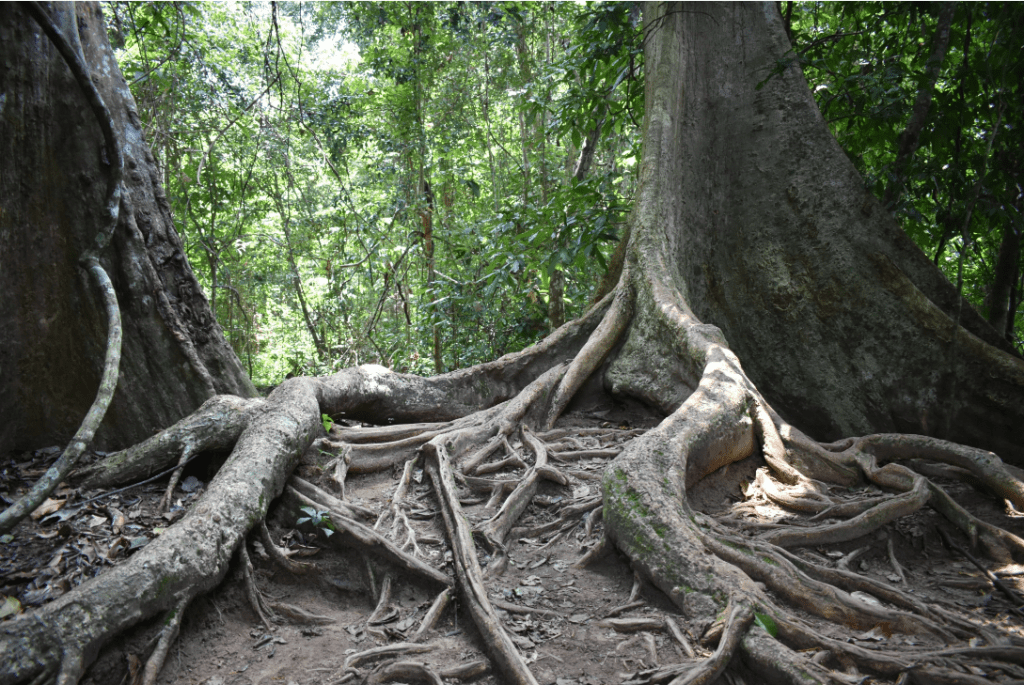
You can travel here from KL, or direct from Penang, and stay in Kuala Tembling. Accommodation options and food are better here than in Khao Yai, but still, don’t expect too much. One can stay overnight in one of the raised cabins known as hides and keep an eye out for tapirs, gaur and deer. Or, one can take a night safari outside the park to see a myriad of small nocturnal wonders; owls, flying squirrels and leopard cats are often spotted.
Side note: Kuala Lumpur will be seeing you a few times since their airport is Airasia’s hub.
Week three: Borneo
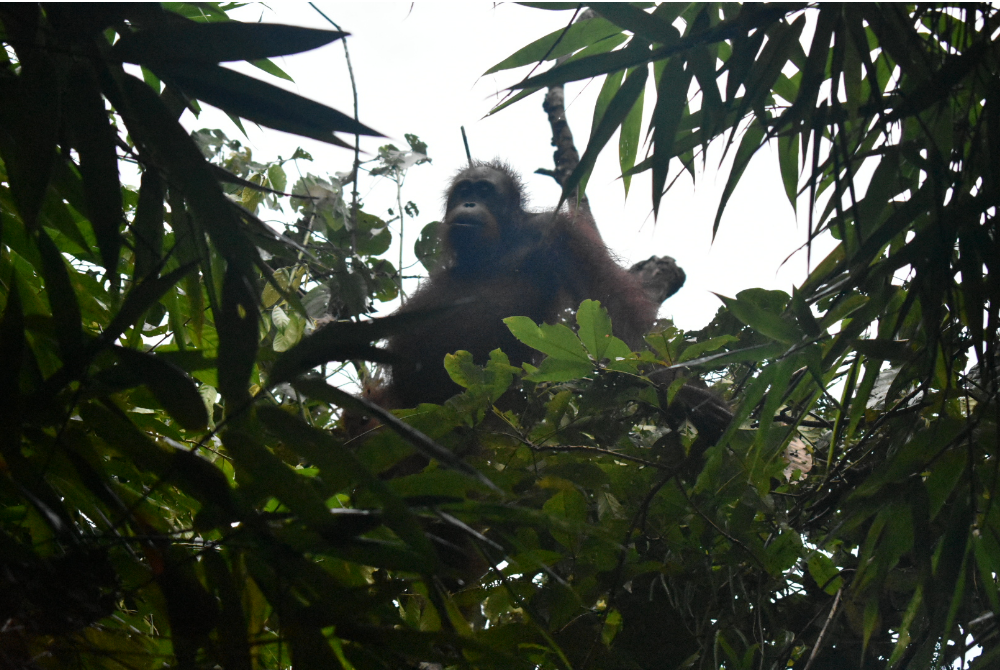
Borneo can be an expensive place to visit, but Kinabatangan in Sabah (Malaysian Borneo) has some good budget tour options lasting two or more nights. You’ll do most of your exploring by motor boats and a little on foot in the jungle, depending on how flooded it is, and this will happen in the early morning, at sunset and at night. When I wasn’t looking for wildlife, I was playing uno, fishing or being entertained by the guides singing.
Nothing can be guaranteed out here, and I very much could have lucked out on what everyone comes here to see: orang utans and proboscis monkeys. There are also small elephants, other monkeys, civet cats, snakes, crocodiles, owls, eagles, fruit bats and clouded leopards here. It’s best to come when there’s not going to be much flooding (ie, avoid the rainy season), when animals come out of hiding to drink. However, mine was caused by logging activity upstream, so one can never tell.
Flying into Sandakan is probably your more convenient option, from where you can take a Grab to one of the jungle lodges in Sepilok. If you want to organise it on the ground, Kota Kinabalu has a wider choice range, but will involve more of a journey to get to the forests.
Week four: Komodo island
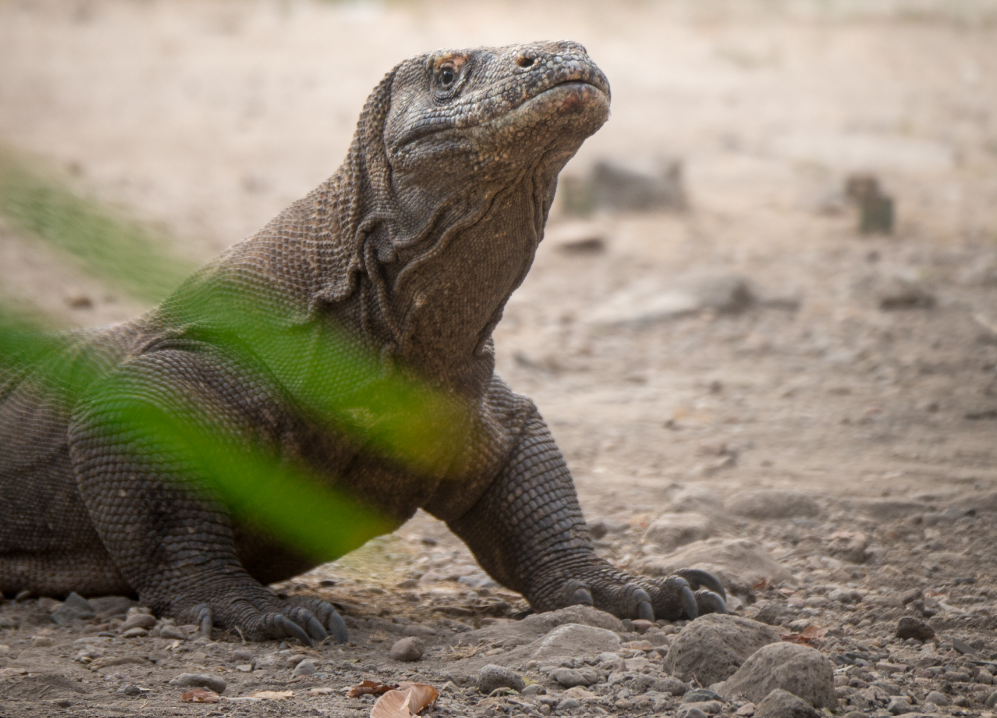
I hardly think I need to explain what the target here is. As old as dinosaurs, Komodo dragons scared the life out of the first Europeans to see them, and recently it was discovered that bacteria in their spit makes them (effectively) venemous. So when you’re wandering around their home with your guide, armed with a stick and perhaps a good pair of boots, perhaps hugging one might want to vacate your to-do list.
Anyway, getting here is easier than one might think. It’s not too far from Bali, so flying there and taking the ferry to Lombok are the first two steps. These two islands have many attractions, such as rice terraces, temples, beaches and a live volcano. The north coast is also a good place to see dolphins. Once you’re done here, you can take a liveaboard trip to Labuan Bajo, take a flight or travel across Sumbawa, an island surprisingly devoid of foreign tourists.
Rinca and Komodo island are your two main options, and the former is said to be better.
If you go on a liveaboard there should be a trip included in the price; otherwise hiring a boat once in LB to take you to the islands is perfectly fine. You will still need to hire a local guide on the islands. No tourists have been attacked yet, but they don’t seem to be eager to find out what would happen in that scenario.
Week five: the Philippines
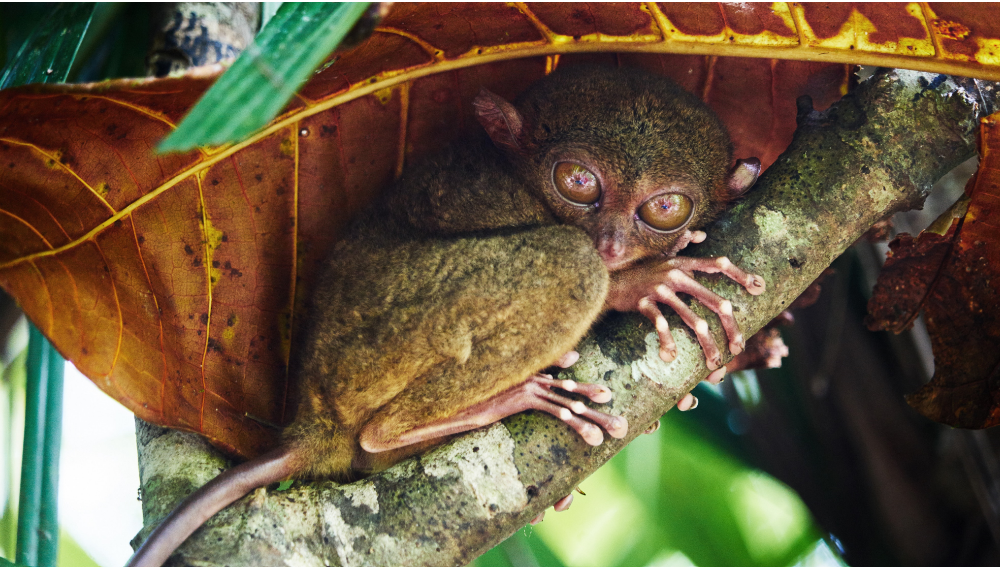
Two places should be on your map here; Donsol and Bohol. In Donsol, one can snorkel with whale sharks, the world’s largest fish. It only eats plankton, but if you see that huge mouth coming towards you you may want to move…
Next, in Bohol, visit the Tarsier Sanctuary to see this small, lemur-like animal. I know this was meant to be a “big” animals trip, but this one is worth seeing; its ears, eyes, fingers and tail are bloated for its tiny body size, giving it the appearance of Yoda and the agility of CG Yoda.
You’ll either fly into and out of Manila or Cebu City. Donsol is closer to Manila, and Bohol to Cebu.
Week 6: Sri Lanka
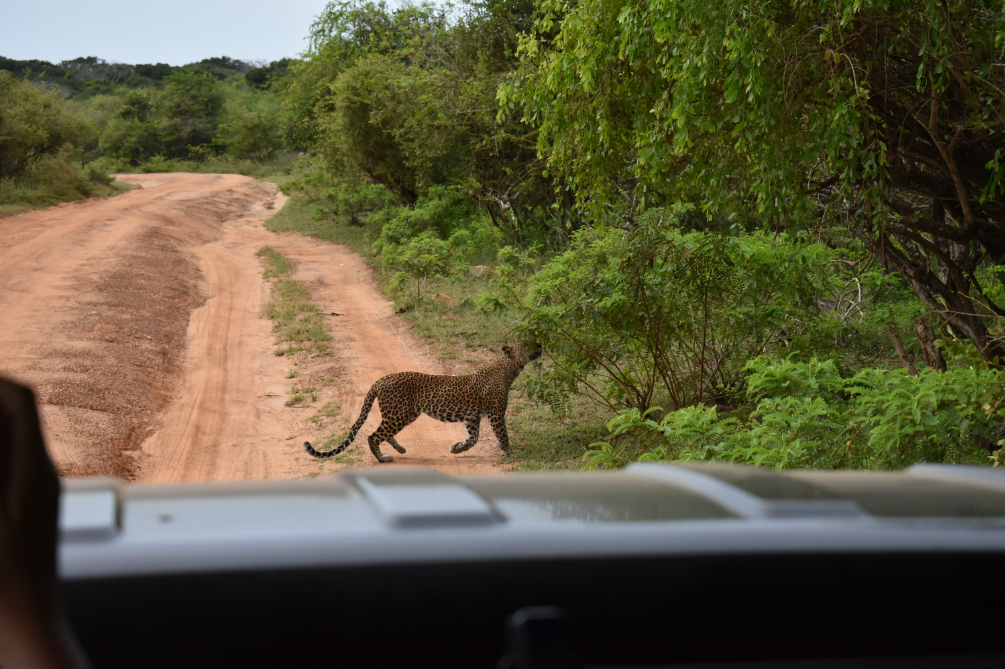
Technically this one’s not in SE Asia, but close (and worthwhile) enough. Flights there from KL are available through Airasia, the visa rules are much more relaxed than India and the wildlife itself makes the trip worth it. For a quickie, take an AC bus from Colombo to Tissamaharama to take a safari into Yala National Park. Stay here a few days in case you feel like undertaking multiple attempts at seeing the leopard. One trip should be enough to see herds of elephants, crocodiles, langur monkeys, deer, wild boar, water buffalo and peacocks. Seeing a sloth bear is a bit more of a lottery, and chances are if you do see one it will be surrounded by cars. Actually, that goes for most things. But ask your driver for the serene experience, and they’ll try to make it happen.
When you’re done here return to Colombo, either directly or on the literal scenic route through Hill Country and Kandy.
Depending on the season, you can stop in Mirissa on the south coast or Trincomalee on the north to see the blue whale, the largest creature to have ever existed on the planet. Yep, even the dinosaurs could not beat this behemoth. Enough demand exists to make the boat trips scheduled in both locations. Trincomalee will take more effort to get to, given that it lies off the route I mentioned. Travelling from Colombo will probably give you the most comfortable transport, though if your bollocks can take a beating local buses connect almost every town. Try to take one of the red government buses, as they don’t wait around for a full house like private ones do.
Extra week: SCUBA diving
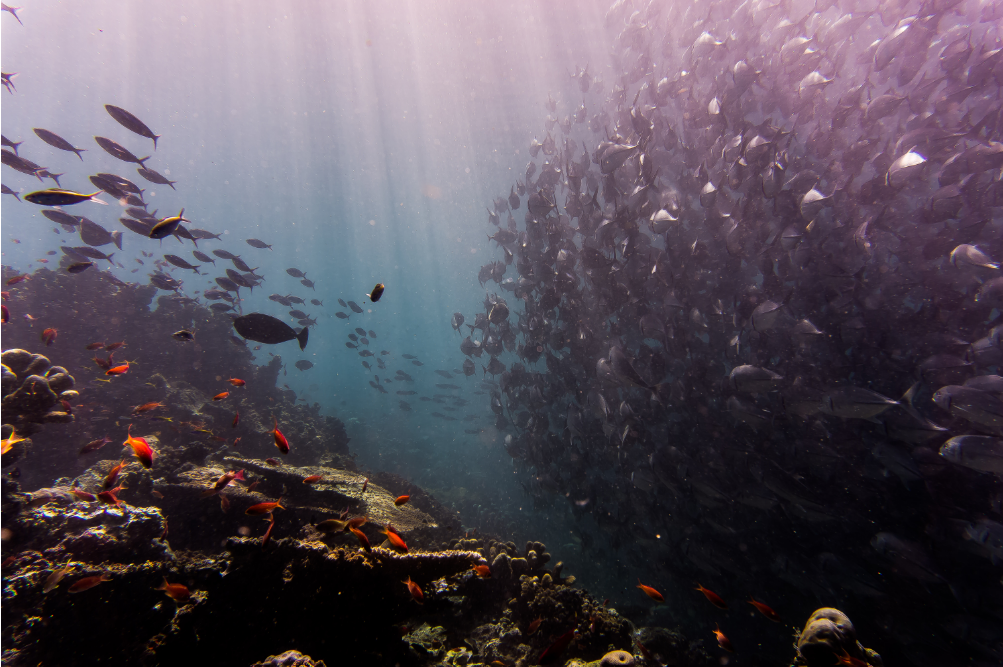
At several points throughout this trip you’ll have the chance to strap on a tank and get up close with some of the most beautiful and diverse marine life in the world. Where the water is clear, people describe it as swimming in an aquarium, and snorkeling is also a suitable alternative. You won’t get the best views, though, so learning how to dive is worth the extra money. The cheapest place to do this is Koh Tao, which you can stop by if you choose the overland option between Bangkok and KL. It’s a great place for beginners, though seasoned divers say it’s lacking compared to other sites due to boat traffic.
Better sites that won’t have you getting too sidetracked on this route include the seas off Bali and Komodo, Thailand’s west coast marine parks, Pigeon Island (Trincomalee) and Sipadan (Borneo). That last one is one of the most popular in the world, and I had heard one must apply for permits nice and early – though I met some people who did it and were winging it. Diving can be as cheap or as expensive as you make it; some dives are as cheap as £20. Make sure to choose a company based on safety and responsibility, but remember that price is not always an indicator.



